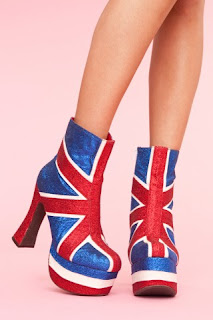Artists have developed and influenced our understanding of "colour vision" through vast experimentation and investigation in the understanding of how colours work in conjunction with the science of vision, with light and shadow and through representation. There is an ongoing debate of colour in relation to objective and subjective truth.
The understanding of colour began with Newton's colour wheel. Newton was a scientist and had investigated the properties of colour through understanding the spectrum and white light breaking into the colour spectrum through a prism. His way of thinking about colour was scientific and rationalised, and it wasn't until another scientist, Michel Eugene Cherreul, investigated his theory of simultaneous contrast, that colour was related more to the way we perceive it. For example, the same tone of orange will look darker on a yellow background than on blue, when compared next to each other.
Goethe was the first to publicly appose Newton's scientific take on colour measurement theory, as he belived it was more subjective and less rational. Goethe states, "Painting is truer for the eye than reality itself . It presents what man would like to see and should see, not what he habitually sees." (Gage, 1999) Phillip Otto Runge and J.W.M. Turner were both artists that experimented with Goeth's theory and ideas of colours by perception and the effects of light and dark. Turner's work especially works began to develop a real sense of emotion, a sense of what it was like to be there in that moment and this was very abstract compared to the usual representational works of the time. It was an innovation as the works were more representations of the emotions rather than the actual subject matter. For example, darker colours expressed negative emotions, whilst lighter colours showed positive emotions.
With the impressionism art movement, came optical mixing of colours. This was about capturing a vision and recording what was seen directly giving a vibrant vitality to paintings. Optical mixing created true colour representation. Next the post-impressionism movement had artists like Vincent Van Gogh, who colour vision became very subjective for. Expressive colours were used to portray feelings and often the artist's psychological state. Van Gogh explains his work, "The Night Cafe" painted in 1888, "I have tried to express the terrible passions of humanity by means of red and green." (Gage, 1999)
It is clear through modern times that these experiments and explorations of colour have influenced our understanding of colour vision. I believe especially the investigations into the subjective truth of colour has influenced us, as emotions, abstraction, expressions and representativeness with colour remain large parts of innovative design today. Without the investigations of the past we would not have the same understanding of colour that we currently have.
References:
Gage, John (1999). Colour and Culture; Practice Meaning from Antiquity to Abstraction. (1st Edition). California, United States of America: University of California Press
